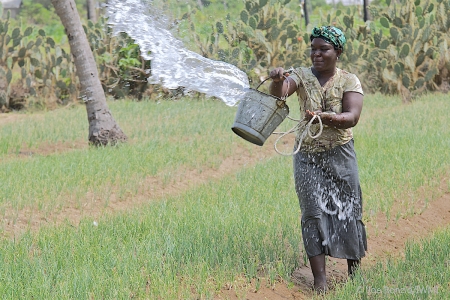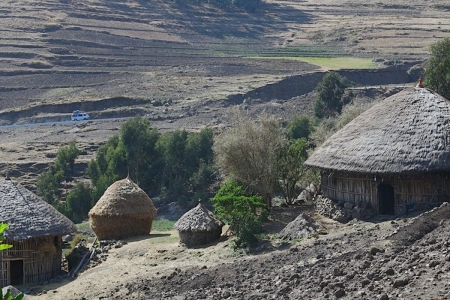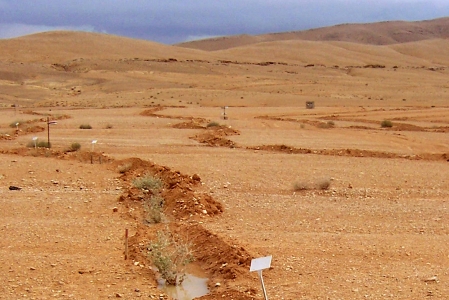Originally published as an Op-Ed on FarmingFirst
Farmers have always lived in symbiosis with nature. They spend most of their time outside and are all too aware that rain, sun, pests and pollinators dictate not only what is for dinner, but also the mood around the table. But, the many ways in which nature impacts farmers are rarely fully acknowledged in agricultural development policies and programs. This puts their interventions at risk of overlooking, or even undermining, important sources of farmers’ well-being.
Small reservoirs in West Africa
In the Volta River basin, which spans much of Ghana and Burkina Faso, at least 1,000 small reservoirs have been constructed over the past century to provide farmers with multiple benefits, including water for irrigation, fish and livestock, while providing much-needed relief during the long dry season. Donor agencies and governments have continued to support the development of additional reservoirs, with Ghana and Burkina Faso committed to constructing many new reservoirs over the next decade.
The water and fish in these reservoirs provide farmers with food and income, but how do the reservoirs affect other dimensions of farmers’ lives? And how important are the benefits derived from reservoirs compared to those provided by other parts of the local landscape?
To find out more, researchers from the CGIAR Research Program on Water, Land and Ecosystems (WLE), Bioversity International, SNV Burkina Faso and King’s College London interviewed 37 farmers around four reservoirs in Burkina Faso and Ghana. These farmers were asked about the different benefits and problems (ecosystem ‘services’ and ‘disservices’) emerging from natural and managed ecosystems and how they influence their well-being, including farmer wealth, health, sense of security and happiness.
In the end, they identified and mapped 14 benefits and two problems, rating how important they felt each issue was for their well-being.
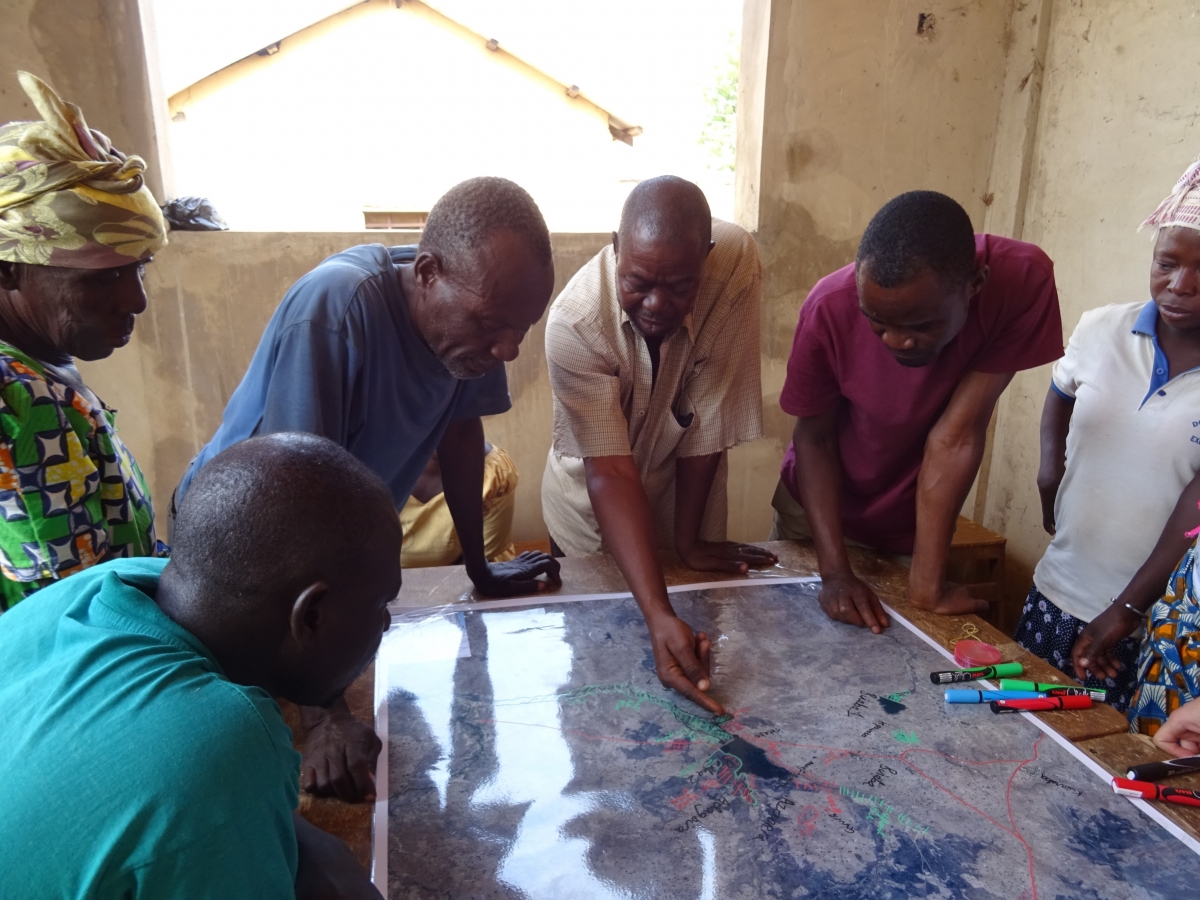
For better and for worse
The farmers’ answers taught us something important about their relationship with nature – something that has implications for future investments in small reservoirs and rural landscapes.
First, for most farmers, reservoir benefits are of “high” or “very high” importance to their health, wealth and happiness, but the effect on well-being can be either positive or negative. While fish and agricultural water from reservoirs help secure good nutrition, food pleasure and income, reservoirs are a source of malarial mosquitoes.
These pose a major threat to farmers’ health, which has knock-on effects on labor availability and thus wealth. The fact that farmers consider the positive and negative health and wealth impacts of reservoirs to be of comparable importance raises a red flag to decision-makers wanting to ensure net benefits of reservoir investments.
Second, many ecosystem services not provided by the reservoir, but by the landscape, were considered equally important to a farmer’s well-being. Farmers also listed negative impacts stemming from the surrounding land, including farmland pests, such as birds and worms, which cause crop and livestock losses.
Finally, our results show that ecosystems as a whole contribute to farmers’ well-being in subtle ways. Farmers told us that access to certain foods produced in the landscape contribute to their happiness and pleasure, while using green spaces for recreation and traditional rituals helps them maintain good social relations.
This finding is particularly interesting because it highlights some of the less tangible benefits that are not often recognized in established agendas such as the Sustainable Development Goals, yet are highly important to farmers.
Figure 1: Farmers link ecosystem services and disservices to their well-being.
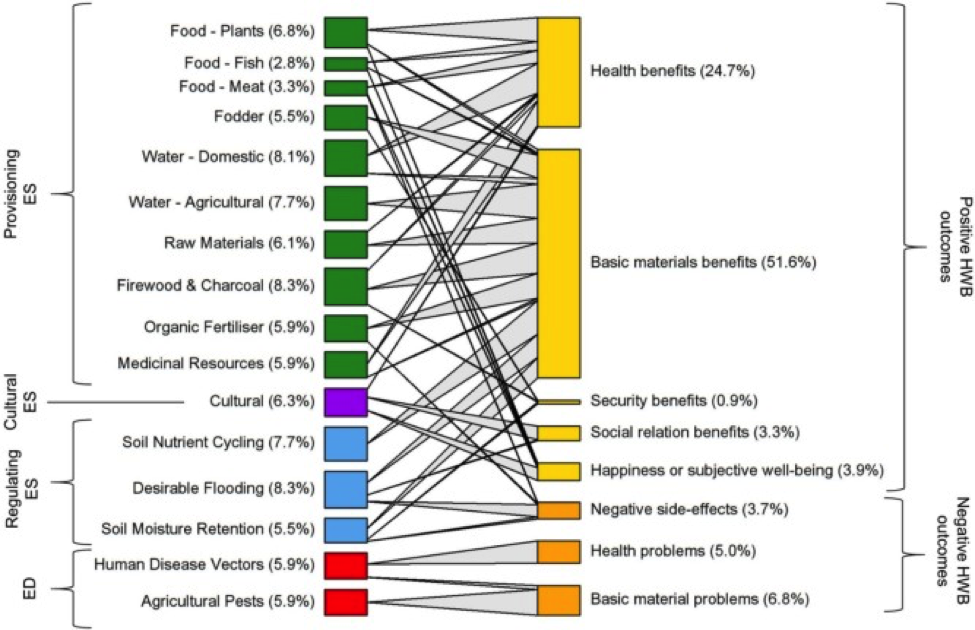
What it means
The farmers’ answers highlight that future investments should not only focus on maximizing benefits from reservoirs – the surrounding land also matters. Expansion of irrigated cropland next to reservoirs can encroach on bushland, robbing farmers of multiple benefits that reservoirs cannot provide, such as fuelwood, medicinal plants, organic fertilizer, wild fruits and fodder for livestock. Most farmers we talked to considered these benefits just as important for their well-being as the ones provided by reservoirs.
Negative impacts also need to be mitigated to ensure net benefits to well-being, especially when it comes to increased exposure to malarial mosquitoes.
Finally, investors need to consider the less obvious benefits reaped from the landscape, including how it feeds farmers’ happiness and social relations.
What it takes
Reservoirs in the Volta River basin must be managed in holistic ways to achieve food goals, nature conservation and community well-being. Ecosystem management alone is not enough to ensure that farmers thrive – social, economic and political decisions play big roles, as does physical infrastructure.
Yet, this research adds to the body of evidence that nature influences how healthy, wealthy, secure and happy people are in many different ways – all of which need to be fully integrated into local and national development planning and investments to sustainably secure human well-being outcomes.
Thrive blog is a space for independent thought and aims to stimulate discussion among sustainable agriculture researchers and the public. Blogs are facilitated by the CGIAR Research Program on Water, Land and Ecosystems (WLE) but reflect the opinions and information of the authors only and not necessarily those of WLE and its donors or partners. WLE and partners are supported by CGIAR Trust Fund Contributors, including: ACIAR, DFID, DGIS, SDC, and others. This blog was part of a ThriveNet researcher travel grant.



